About the American Dental AssociationThe not-for-profit ADA is the nation's largest dental association, representing 159,000 dentist members. The premier source of oral health information, the ADA has advocated for the public's health and promoted the art and science of dentistry since 1859. The ADA's state-of-the-art research facilities develop and test dental products and materials that have advanced the practice of dentistry and made the patient experience more positive. The ADA Seal of Acceptance long has been a valuable and respected guide to consumer dental care products. The Journal of the American Dental Association (JADA), published monthly, is the ADA's flagship publication and the best-read scientific journal in dentistry. For more information about the ADA, visit ADA.org. For more information on oral health, including prevention, care and treatment of dental disease, visit the ADA's consumer website MouthHealthy.org.
Source: State Legislators’ Group Adopts Medical Loss Ratio Model Legislation for Dentistry | American Dental Association (ada.org)



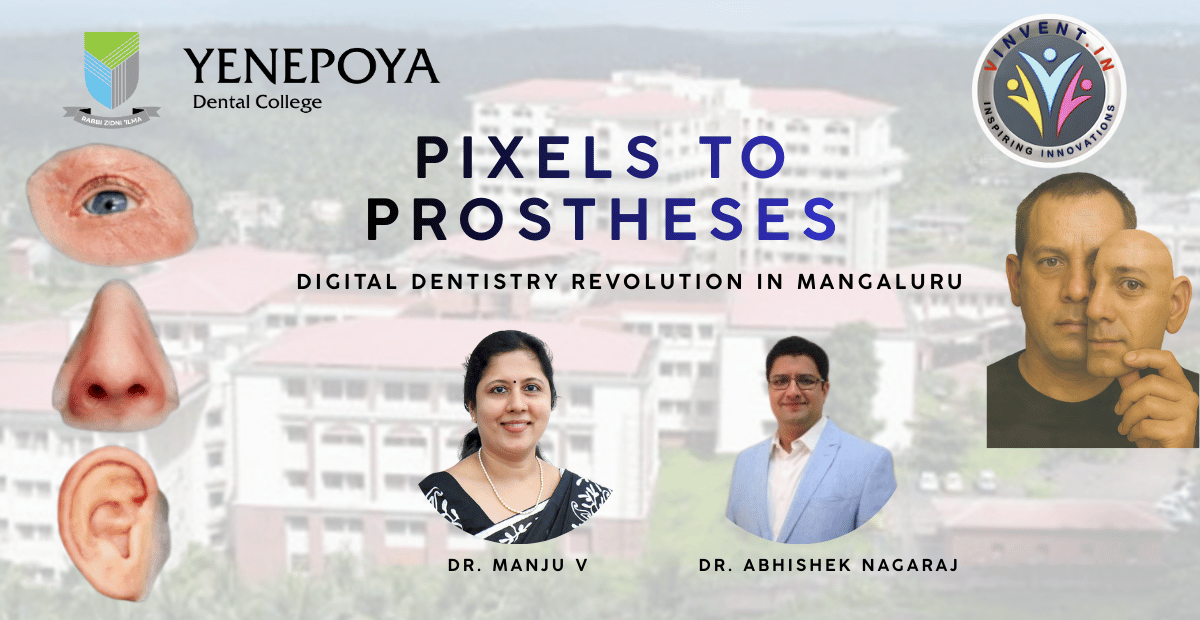








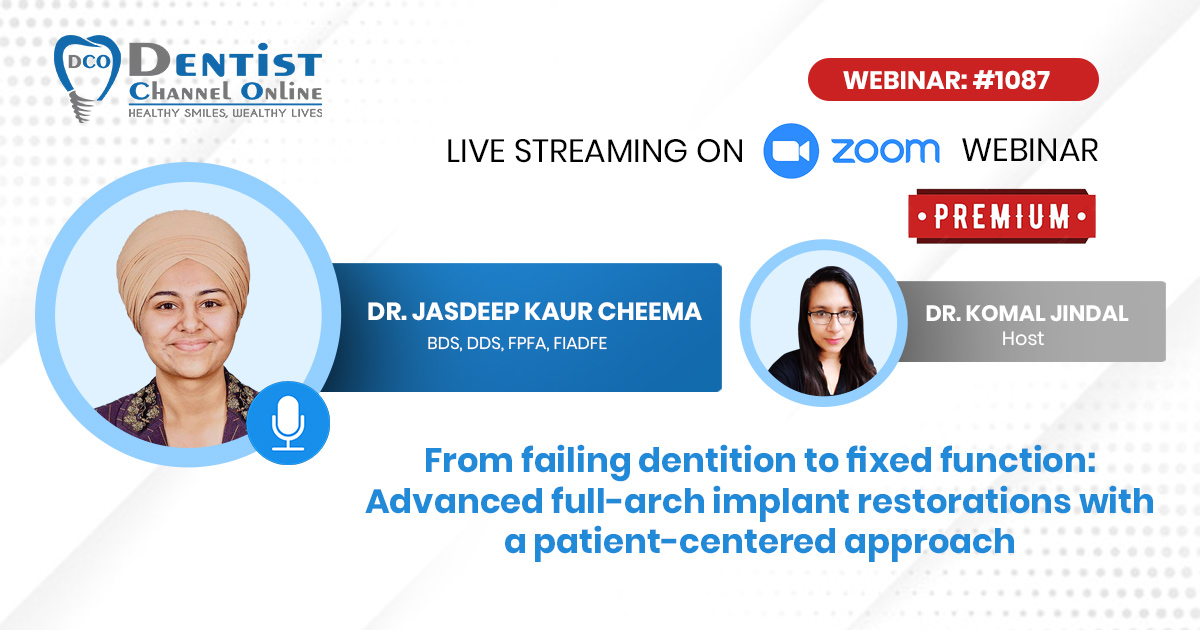
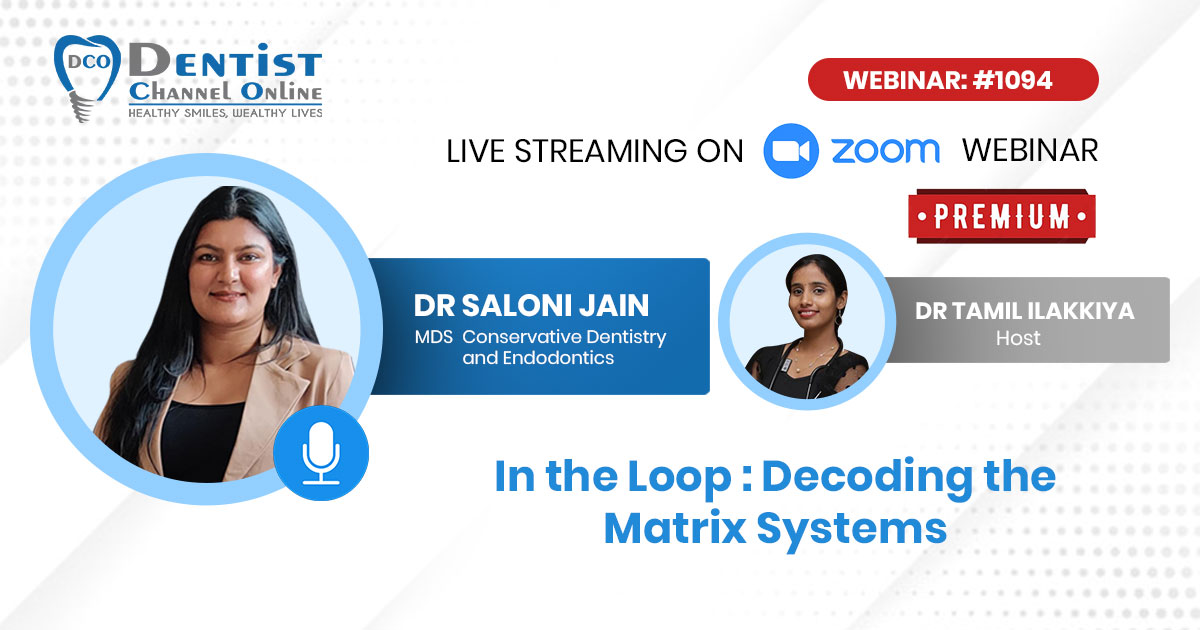
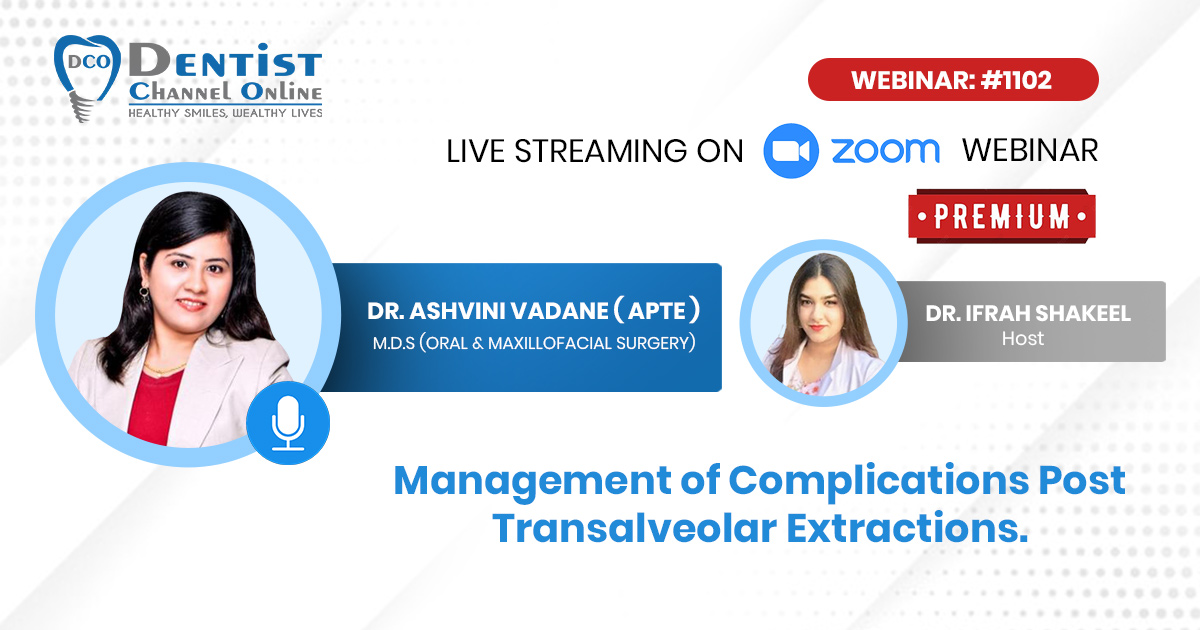
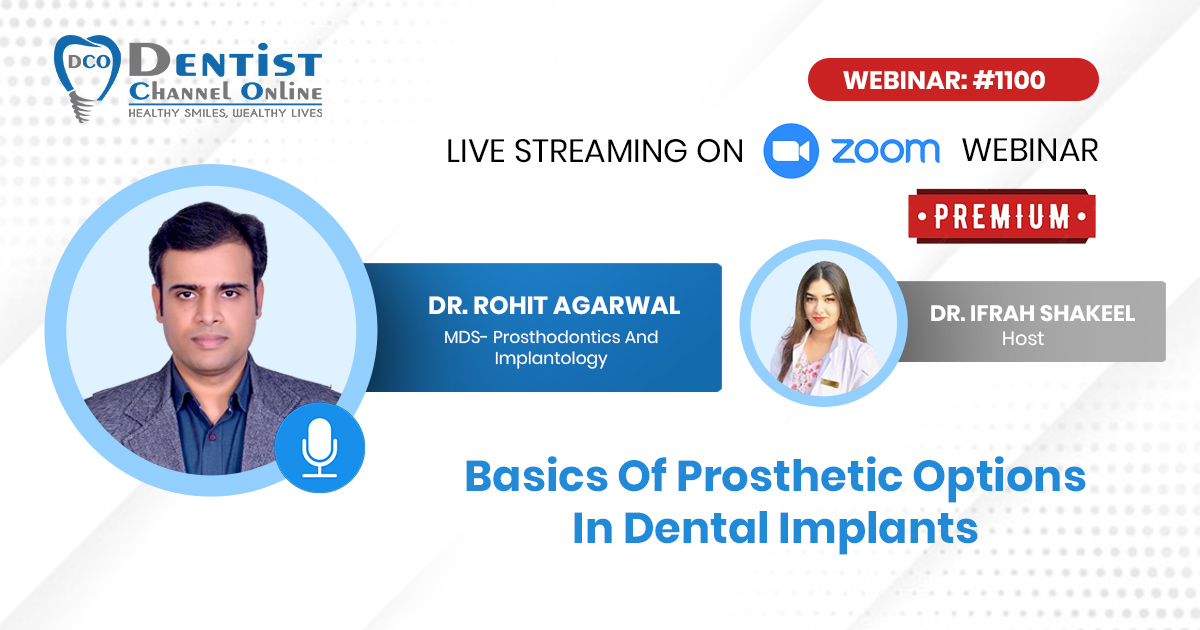


Hailey - 8 months ago